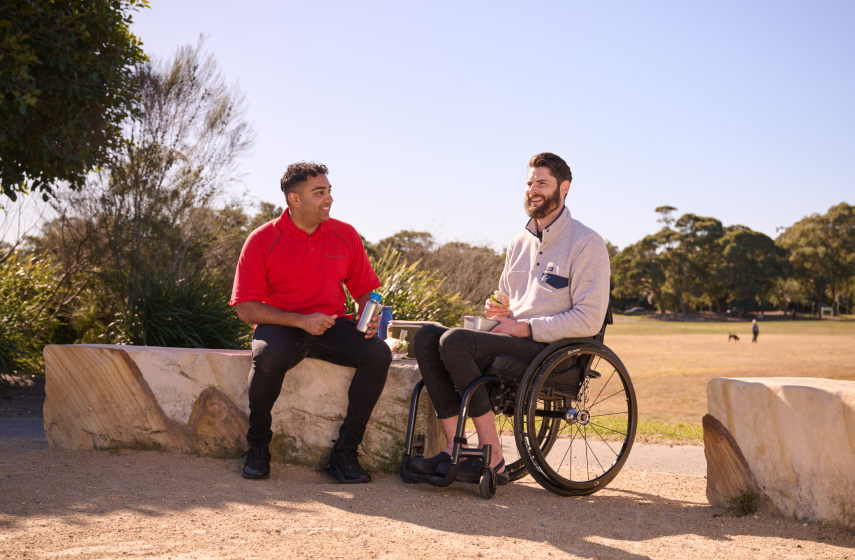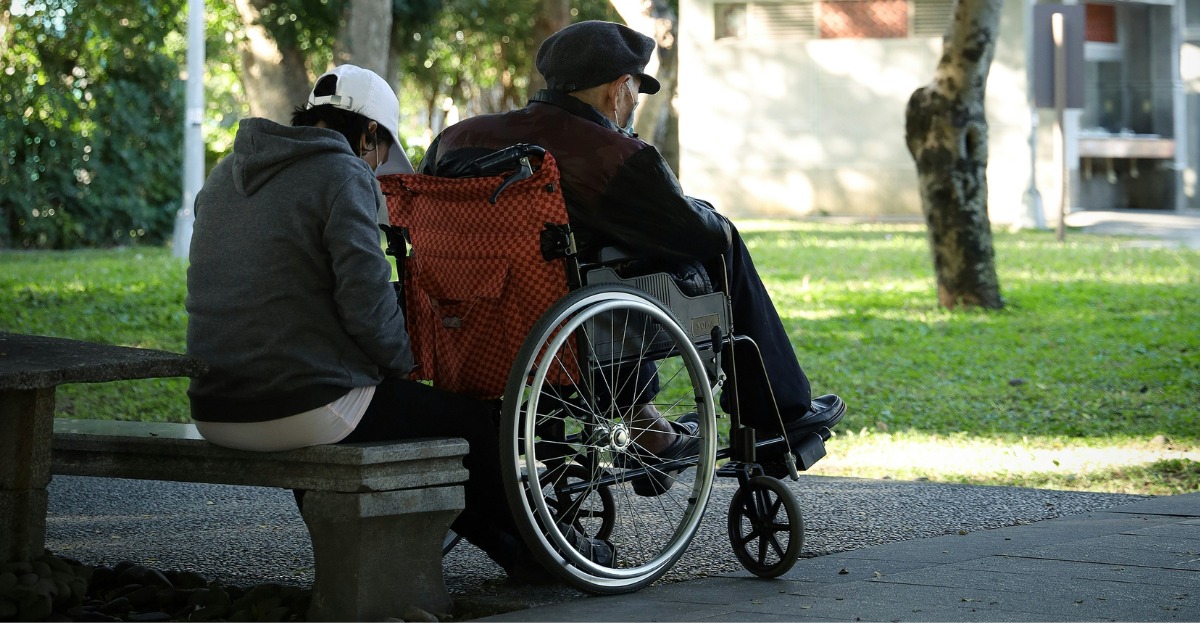Every person should be able to enjoy the public parks, libraries, centres, and wide-open spaces that make our beautiful Australian communities so special.
“Having more open and accessible public spaces plays an essential role in building a sense of community,” says Ela Glogowska, architect and PhD candidate at the School of Built Environment at UNSW. “These are the places where people bond, interact and enjoy life.”
Thankfully, this is a statement that many council and city representatives agree on, with a greater push for initiatives that transform our public spaces to make them more accessible for people living with disability.
Ms Glogowska, alongside Dr Mike Harris, Senior Lecturer in urban design and landscape architecture at UNSW, say that new community ‘pocket parks’ are one great example of this.
These parks are miniature versions of your favourite public spaces, often with seating, plants and shade for people to relax, but are typically no bigger than a few hundred square meters.
“The idea behind pocket parks is to get more out of the space we have,” says Dr Harris. “Usually, that’s by turning a small portion of the street into a useable recreational space the whole community can enjoy.”
Not only can these parks be tailored to the needs of the local area, but the space offers more open areas for people with mobility aids and wheelchairs to enjoy the daily comings and goings of their community. They can be a stop-off between shops, or simply a great place to read a book.
Mobility Maps
Another way that councils are making their cities and regions more accessible is by offering mobility maps. These typically identify footpaths, shared pathways, community areas, and trails accessible for people of all abilities, including anyone with wheels.
These maps can be found on local council websites. However major cities also have many resources available, including maps, information guides, and transport services:
- City of Sydney
- City of Melbourne
- City of Perth
- City of Brisbane
- City of Darwin
- City of Hobart
- City of Adelaide
These resources can be handy not just when navigating the local area, but also planning trips too.
Tech can fill the gaps
However, when mobility maps aren’t available, sometimes tech can step in. New apps like See Me, developed by South Australian, Cassie Hames, can offer a more inclusive and stress-free public transport experience.
The app works by letting users alert bus drivers of their presence at a stop, ensuring they’re not missed. Once onboard, the app notifies users of upcoming stops, eliminating guesswork and anxiety.
You can read more about See Me on our blog.
You don’t have to navigate it alone
Ultimately, public spaces have a huge benefit to our wellbeing. So, we don’t want anyone to miss out on the value of them, believes Ms Glogowska.
“If we want a healthy and happy society, we need a diversity of quality public spaces for the public to enjoy.”
However, it can often be daunting navigating a public space for the first time alone, especially if you live with a disability.
Luckily, you don’t have to. Just Better Care has friendly people who can help you stay connected to your community – our brilliant Support Workers! Not only are they local to where you live, which means they know all the best coffee and people watching spots, but they can transport you there too.
You can choose where you want to go, whether it’s a pocket park, a local library or a sports field, and your Support Worker will make it happen. You can set this up on a regular schedule, or an ad hoc basis. It’s up to you.
Contact your local Just Better Care office to get started. They will have you out enjoying the fresh air in no time.


.png?width=2400&height=1246&ext=.png)

